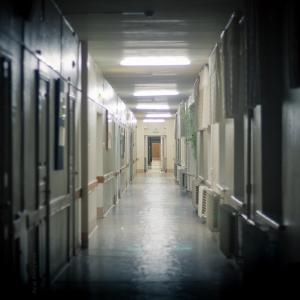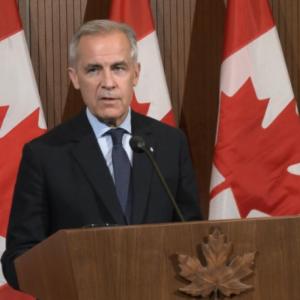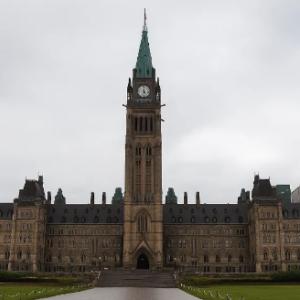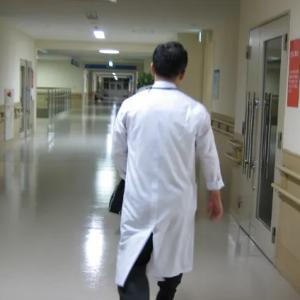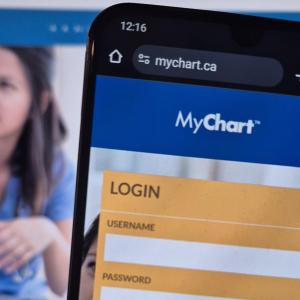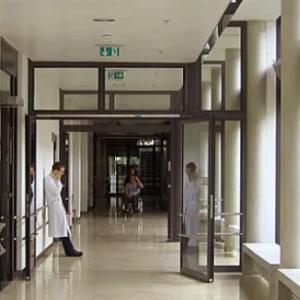No reinforcements: the dire state of rural family medicine in Ontario
Overheard walking into an exam room:
“Dr. H is getting pretty old, what happens if he retires?”
“Oh, they just assign you another doctor.”
Practising family medicine in a rural community is dire these days. It’s precarious for patients and stressful for physicians. In the last year, we’ve had two doctors retire and a practice move location. More retirements are on the way. Recruitment efforts have gone nowhere, and a rough estimate is that 10,000 people will be without a doctor in our local communities in the near future.
People keep saying to train more family doctors. I don’t think they realize that people trained in family medicine can pursue many different careers; becoming a traditional family doctor (i.e., providing longitudinal care) is seen as undesirable and/or not viable because of the heavy workload and burden of running a business. A recent article out of Alberta found that of the 75 new graduates from a family medicine program, four of them are becoming family doctors.
The secret is out, the trainees know – if you have options, why do what is considered the worst job in medicine? Where everyone dumps their paperwork on you, when what should be their responsibilities are dumped on you, and you shoulder the burden of a collapsing health-care system. Better to do a day’s work, wash your hands and go home to a happy life.
There are many other options for family medicine trained doctors, from working in the emergency department to hospitalist work, palliative care, sports medicine and more. Many of these roles have no overhead. Part of the issue is that family doctors are a very good deal for the province.
Trainees have voted with their feet. If you can make the same amount of money in total but don’t pay 25 to 40 per cent of it in overhead, why would you start a clinic? As an emergency department physician or a hospitalist, you can pick your shifts and be mobile, so why be tied down to a specific city or location?
These opportunities are how family medicine is sold to medical students. You can “tailor your practice,” it is said, a code for going into family medicine to simply pursue these other options. Due to the limited number of seats in residency programs, there are not enough training positions in other specialties for interested students, so family medicine is the back road to pursue them.
The Canadian Institute for Health Information notes that in 2021, 28.8 per cent of family physicians predominantly provided specialty care. If there truly were specialty seats available, one wonders how many students would actually pursue family medicine.
Now, I know what the reply is: Nurse Practitioners. This was parroted by Jane Philpott recently, a physician far removed from the reality of practice – nurse practitioners will save the day. So, given that we have over 2.5 million unattached patients in Ontario, and nurse practitioners carry smaller rosters, of say 800, we are looking at nearly 4,000 NPs needed.
NPs are not people who bill the government and cover their own overhead, so you need to cover that along with benefits, leave, pension, etc. The “NP solution” would bankrupt the system. There is talk of allowing NPs to bill, however this solution simply would have them join the failed business model of family doctors. When I speak with nurse practitioners, I often hear that primary care is a stepping stone to more desirable career options. They’ve received the message as well.
The alarm was sounded decades ago, warning of consequences of ignoring primary care. Now, we are seeing the devastation of our health-care system across the country. Overwhelmed emergency departments and urgent care centres. People dying in the waiting rooms. People dying on waitlists. People suffering and being unable to access specialist care.
“I’m sorry, there may be no doctors for you to sign up with.” The patient asks what to do. “Wait in line at the walk-in clinic or go to the emergency department."
There’s no one coming to save us.
---
Dr. Kevin Dueck MSc, MD, is a rural family doctor and emergency physician and an adjunct professor at Schulich School of Medicine & Dentistry
This article was originally published in Healthy Debate.


